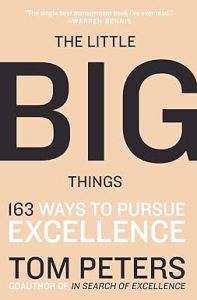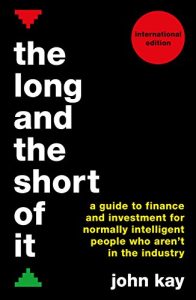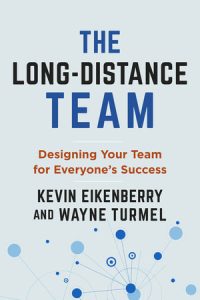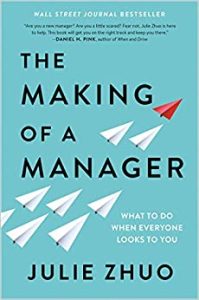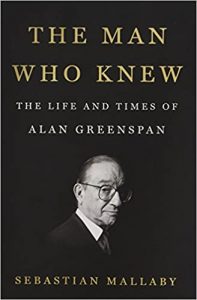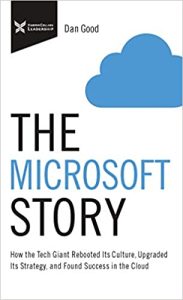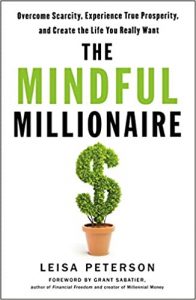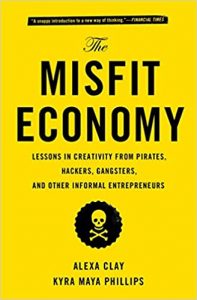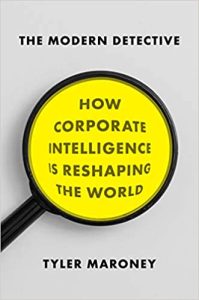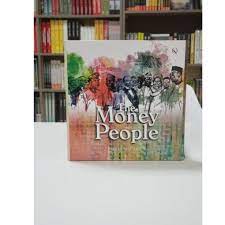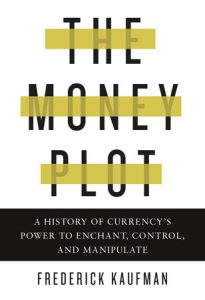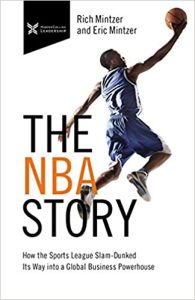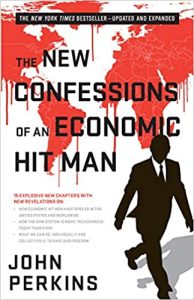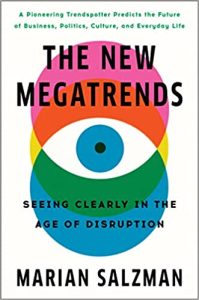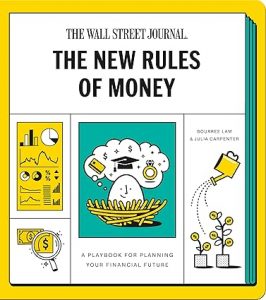The Learning-Driven Business
₦9,000.00In any kind of organization, learning has become a vital part of the growth and development process, but it only produces effective results if it is pursued strategically and embedded deeply into the culture of the workplace. In recent years, there has been a growing consensus that, for many organizations, learning is their only sustainable competitive advantage – ensuring a committed and engaged workforce that is positioned to identify and exploit business opportunities in an increasingly volatile and uncertain world. This makes it essential for leaders and senior managers to investigate the full range of learning processes and to understand exactly how individual, group, machine and organization-wide learning can produce long-lasting results for individuals as well as for the company itself.
Backed by new academic theory, yet designed to be completely accessible to a business readership, The Learning-Driven Business highlights the importance of Organizational Learning (OL) for organizations which wish to remain competitive and profitable, before clarifying the various pathways and frameworks that can lead to success. With the onset of automation and artificial intelligence, as well as the proliferation of redundancies and the economic instability of modern times, organizations and their employees must prioritise effective OL in order to overcome these challenges and remain competitive and relevant in the 21st century. This book is a guide for all business leaders and academics looking to adapt to the changing world through OL, using Garand & Golds’ unique and original academic model.


